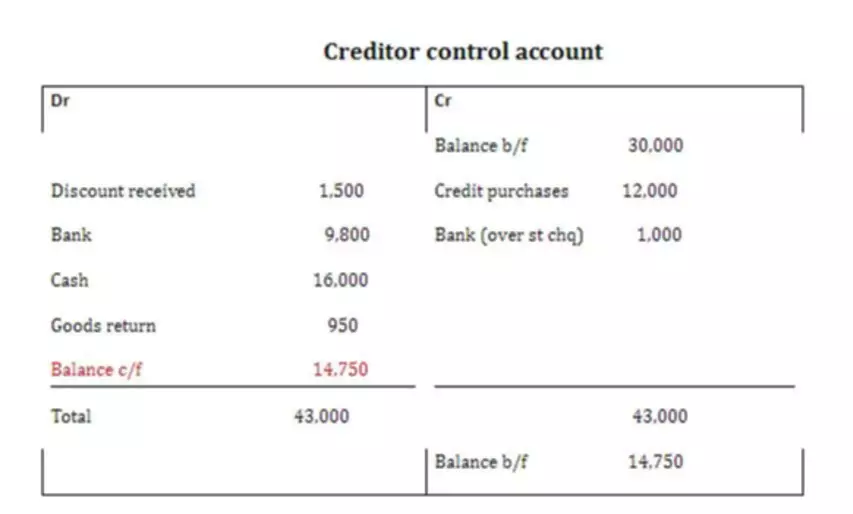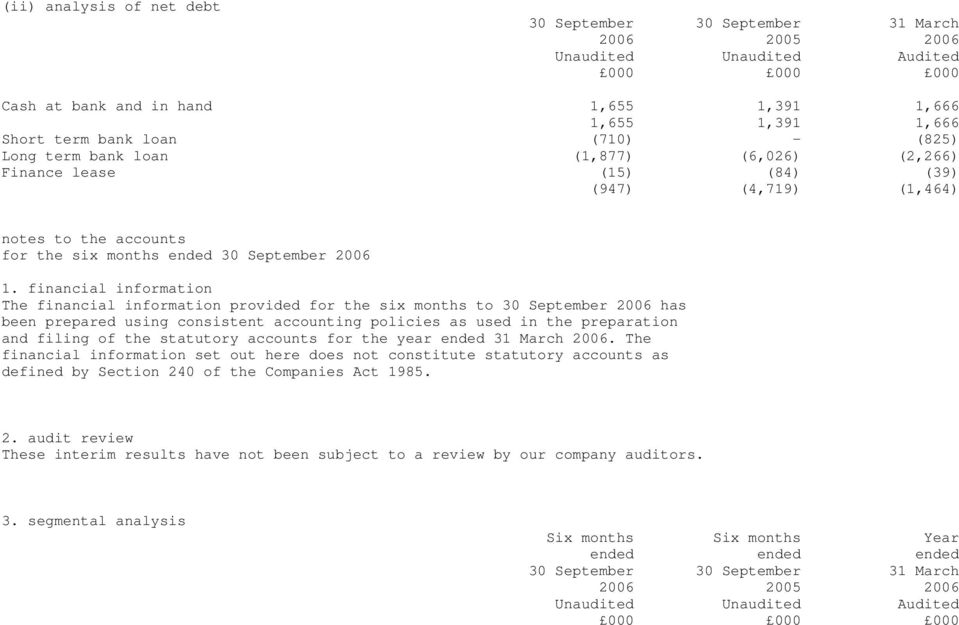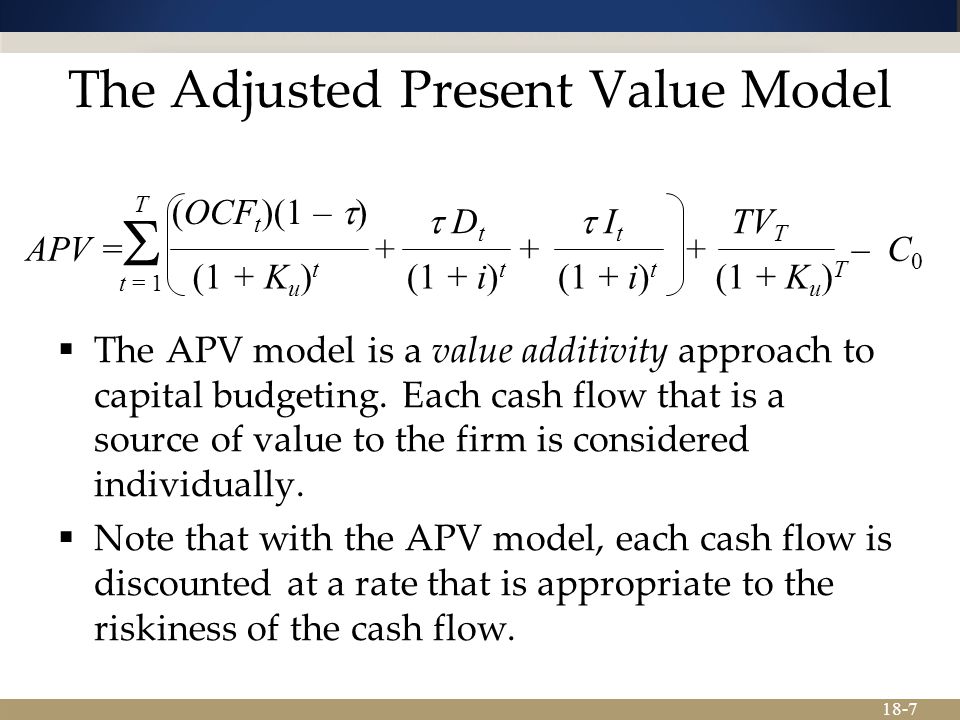Content
For example, a supplier may offer a 10% trade discount to customers who purchase 100 units of a product or service. This means the customer will pay only 90% of the list price for each unit. The company selling the product (and the buyer of the product) will record the transaction at the amount after the trade discount is subtracted. For example, when goods with list prices totaling $1,000 are sold to a wholesaler that is entitled to a 27% trade discount, both the seller and the buyer will record the transaction at $730. Trade discount is a pricing strategy manufacturers/wholesalers use to incentivize bulk purchases by their customers (retailers and resellers). The discount is a percentage deduction from the list price of a product that the seller grants when the buyer purchases a large quantity.
Cash discounts (from the merchant’s perspective) are a little more complicated. First, your cash discount program is sure to increase the number of cash transactions you handle on average. Cash transactions don’t cost the merchant anything to process – you just receive it and deposit it into your merchant account.
Journal Entry: How to Record Trade Discounts?
Finance Strategists is a leading financial literacy non-profit organization priding itself on providing accurate and reliable financial information to millions of readers each year. At Finance Strategists, we partner with financial experts to ensure the accuracy of our financial content. The articles and research support materials available on this site are educational and are not intended to be investment or tax advice. All such information is provided solely for convenience purposes only and all users thereof should be guided accordingly.
- The trade discount customarily increases in size if the reseller purchases in larger quantities (such as a 20% discount if an order is 100 units or less, and a 30% discount for larger quantities).
- A seller may provide a cash discount to a buyer in order to 1) spend the cash sooner if the seller is having a cash flow shortfall, 2) avoid the cost and trouble of charging the customer, or 3) reinvest the cash back into the firm to help it develop quicker.
- Trade Discount refers to the deduction given by the supplier to the customer in the catalogue price of the goods.
- This can happen on extreme cases especially when the credit terms are very lenient.
- To take complete advantage of trade discounts, billing should be done as early as possible, which is usually on the shipping date.
- They can benefit customers by reducing overall costs, increasing profitability, and enhancing competitiveness.
Trade discounts are not recorded in the books as the net amount payable is calculated after reducing the discounted amount from the invoice. A trade discount is given by the seller to the buyer when the buyer is buying goods as per the discount policy of the seller. A cash discount is given by the seller to the buyer when the buyer is making a purchase transaction.
Why You Can Trust Finance Strategists
3)Negative Effect on Cash Flow-the mismatch between sell on credit and purchasing of goods on cash may create a loophole of cash shortages especially on the side of the supplier. This can happen on extreme cases especially when the credit terms are very lenient. 4)Financial losses through bad debts written off-the extension of trade credit will lead to some buyers defaulting their debt obligation which may translate in to cash lost through bad debts written off.
A trade discount is a reduction in the list price of a product or service. It is typically offered to customers that offer large amounts of repeat business, that purchase product in significantly large quantities, or that are otherwise considered to be important to the seller. Trade discounts are used to incentivize customers to buy in bulk, purchase products during off-peak periods, or take advantage of other favorable conditions.
Connect With a Financial Advisor
A trade discount is a discount in which a manufacturer reduces the listed price of a product when it sells to a reseller, rather than to the final customer. To calculate a trade discount, you need to know the list price of the product or service and the percentage discount offered. The trade discount is applied to the list price, not the discounted price, and factors such as quantity, timing, and conditions of the purchase may influence the discount. There are several reasons why suppliers offer trade discounts to customers. One reseller orders 500 green widgets, for which ABC grants a 30% trade discount. Thus, the total retail price of $1,000 is reduced to $700, which is the amount that ABC bills to the reseller.
I got paid well to do the part of my job that I loved the most (designing) and didn’t have to deal with any of the administrative headaches or risk involved with purchasing products on a clients’ behalf (which I really don’t enjoy!). 2/10, n/30 shows a discount of 2% if the buyer pays the amount in the invoice within ten days, otherwise, the net payment is completely due within 30 days. Twin Brother co ltd gave Pauline a https://www.vizaca.com/bookkeeping-for-startups-financial-planning-to-push-your-business/ of 10% for she is a business woman and had bought goods in large quantities. The total amount the wholesaler will pay the manufacturer is $680,000 after a discount of $120,000 on $800,000. You’ll learn strategies for finding more clients and we have heaps of support that will help you to drop systems and processes straight in to your design business so you can then be more professional and organised in the way you do business with those clients. If you need help growing your interior design or architecture business then check out my business short courses and resources for designers and architects.
On the list price, trade discounts are authorised, and sales are made on the basis of the net price, which is the list price minus the trade discount. For example, let’s say that Manufacturer M sells 1,000 units of product on credit to a Wholesaler W at a list price of $10 per unit, with a 5% trade discount granted by the seller to the buyer. It is essential to note that businesses do not create a new “trade discount account” to post the transaction in the books of accounts. It is neither recorded in the books of accounts of the manufacturer nor the wholesaler/retailer. Quantity discounts are offered to customers who purchase large quantities of a product or service. For example, a supplier may offer a 5% discount to a customer who purchases 50 units of a product or service and a 10% discount to a customer who purchases 100 units.
- Since a trade discount is deducted before any exchange takes place, it is not part of an accounting transaction that would give rise to a journal entry into the accounting records of an entity.
- Cash Discount is recorded on the debit side of the cash book as a discount allowed, while it is recorded on the credit side of the cash book as a discount received.
- Finance Strategists is a leading financial literacy non-profit organization priding itself on providing accurate and reliable financial information to millions of readers each year.
- This article is not intended to be legal advice, it is my observations of what I have seen happen within the industry, so please make sure you speak with a lawyer about this and make sure you are doing business legally.
- A cash discount is given by the seller to the buyer when the buyer is making a purchase transaction.
It’s also important to note that there can be differences in the way large design companies work vs working for smaller residential clients and I haven’t covered that distinction in this article. So in my opinion this is an even worse idea than actually keeping the full discount or passing it on in full. This article is not intended to be legal advice, it is my observations of what I have seen happen within the industry, so please make sure you speak with a lawyer about this and make sure you are doing business legally. Members making purchases at two or more of our brands must make separate purchases as the brands do not share a universal shopping cart. Once logged into your account, the discount will be automatically applied to eligible items in your cart on the website as well as the app.












